This is neuroscientist Gregory Berns. He trains dogs to go into MRI scanners so he can figure out what they’re thinking.

Gregory wanted to know what his dog was thinking. For humans, scientists can ask them questions—but animals can’t talk.
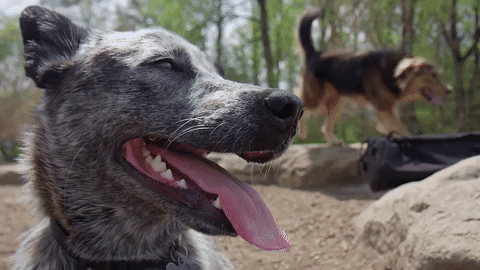
But Gregory wasn’t worried about that. He says we can still learn plenty about how dogs experience the world by performing MRI scans on their brains.

So he and his university team started the Dog Project. They recruited people with dogs from the local Atlanta community and trained their dogs on some proper MRI behavior.
Some were very good doggos.
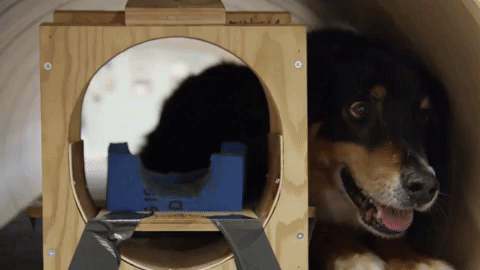
Others…had a harder time.

“This is really quite a radical change in the way we do biomedical research.”
In the past, dog research was limited to behavioral experiments. As they went from one stimulus to another, scientists had to deduce what the dog was thinking. But this method didn’t provide clear insights into a dog’s mind.
That’s where the MRI comes in. Although the machine can’t detect individual neurons, it can tell how they’re connected to each other. From there, scientists can deduce how the brain is functioning.

As for the dogs? They don’t have to do anything besides stay still.
For this research, the scientists tried to identify parts of the dog brain that are analogous to the human brain. They ran similar types of experiments that they perform on humans in an MRI and tweaked them slightly for dogs.

The original experiments were centered on reward processing. They showed the dog an object and looked at the reward processing region of the brain for increased activity. “So, in some sense, we can understand what a dog is thinking and feeling,” said Gregory.
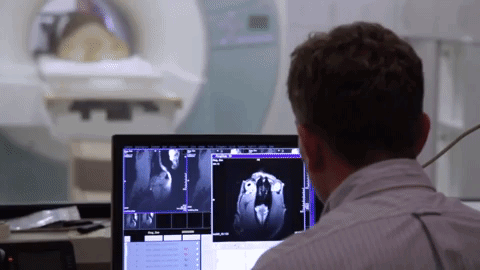
“With regards to dogs, I think we are just at the beginning.”
Since research began, the experiments have evolved from basic reward processing to complicated questions like how dogs see the world and process speech. They’ve even found evidence that dogs experience basic emotions.
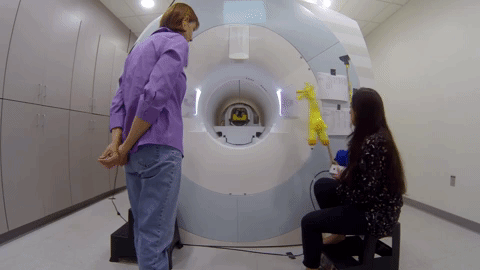
In the experiment above, they’ve associated this giraffe object with a treat. Then, they show two- and three-dimensional versions of the same object. Human brains can differentiate between the two dimensions, and they’re seeing if a dog brain can do that as well.

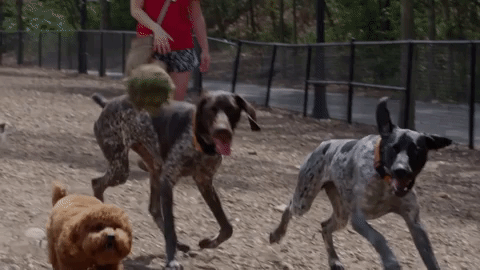
“Many of the things these animals experience also exist in us,” said Gregory. “We have words to describe it. The dog doesn’t. But that doesn’t mean they don’t exist there. I think the only way that we’re going to figure it out is by looking into their brains because they can’t speak to us.”
Listen to neuroscientist Gregory Berns dig into your dog cognition inquiries on air. Curious for more canine research? Explore our spotlight on the science of dogs!
Meet the Producers and Host
About Chelsea Fiske
Chelsea Fiske is a video producer with Moonjelly Productions in Seattle, Washington.
About Brandon Swanson
Brandon Swanson is a video producer with Moonjelly Productions in Seattle, Washington.